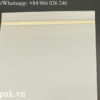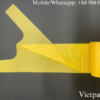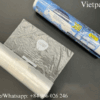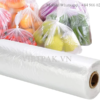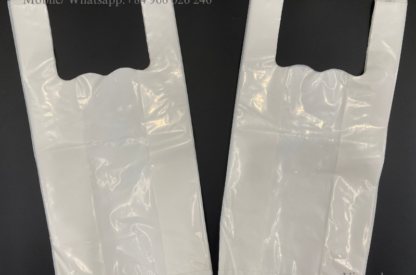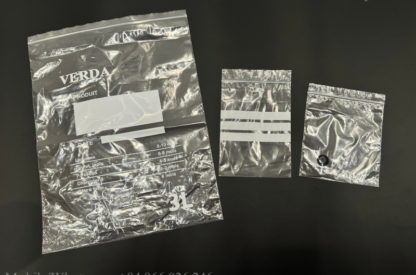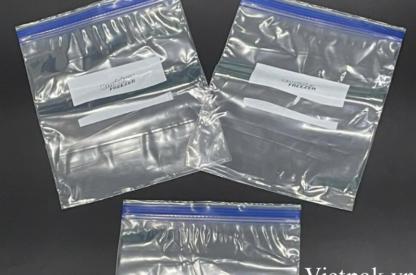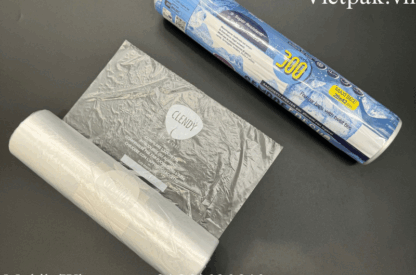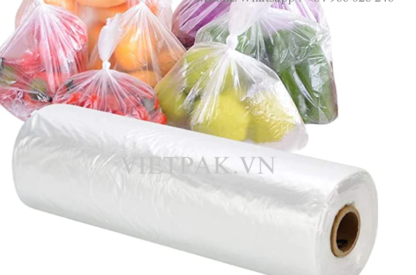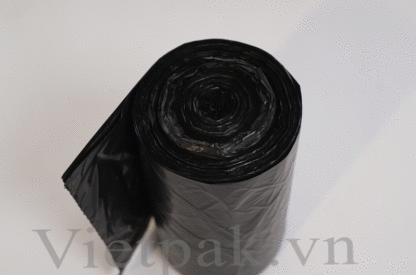Should Thicker Plastic Bags Replace Thinner Plastic Bags?
In recent years, there has been an increasing debate about the use of plastic bags and their impact on the environment. One particular aspect of this debate revolves around whether thicker plastic bags should replace thinner plastic bags. Let’s explore the arguments on both sides of the issue and consider the potential implications.
Overview of Thicker Plastic Bags and Thinner Plastic Bags
Contents
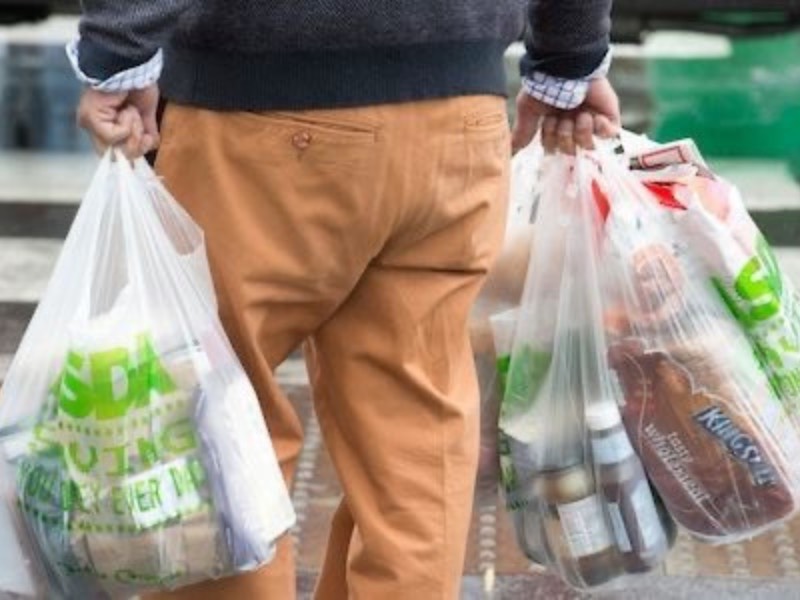
There are two common types of plastic bags used in a variety of applications: thicker plastic bags and thinner plastic bags. The term “thicker plastic bags” describes bags that are produced from plastic that is thicker, typically 2 to 4 mils or more. These bags are known for having increased strength and durability, making them appropriate for carrying heavier objects or frequent use.
The gauge or thickness of the plastic used to create thinner plastic bags, on the other hand, is typically between 0.5 and 1.5 mils. These bags are more pliable and lightweight, making them practical for carrying smaller items or for one-time use.
Thicker Plastic Bags: Advantages and Drawbacks
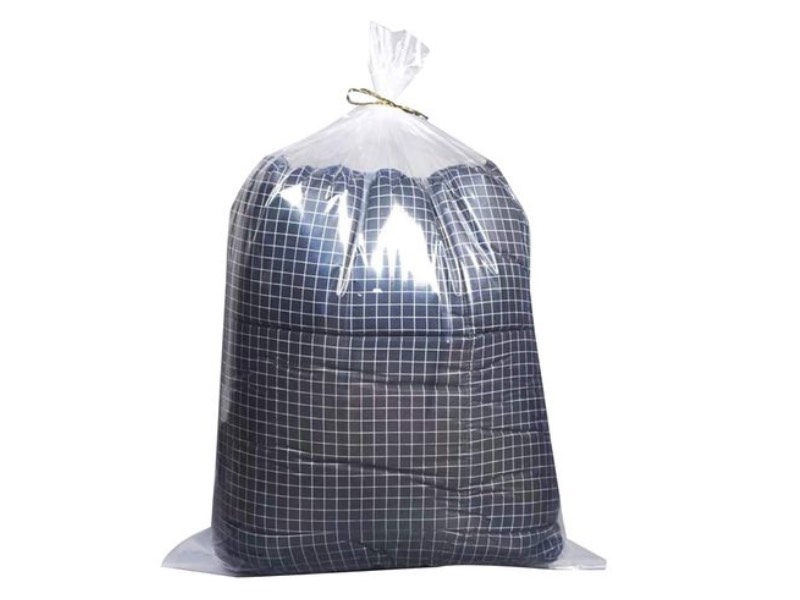
It is important to consider both the benefits and drawbacks of thicker plastic bags to make informed decisions regarding their usage.
Advantages of Thicker Plastic Bags
Enhanced Durability
Compared to thinner bags, thicker plastic bags are made to withstand more wear and tear. They are suitable for carrying heavier or bulkier items because of their increased resistance to tearing, stretching, and punctures. Items are better protected during transportation thanks to this durability.
Increased Load-Bearing Capacity
Greater Load-Bearing Capacity: Due to the thicker and more durable construction of these bags, heavier loads can be transported without the worry of them breaking. They can transport larger quantities of groceries, furniture, or other goods, which is more convenient for customers.
Improved Reusability
Before losing their usability, thicker plastic bags can be reused several times. As a result, fewer single-use bags are required, and sustainable consumption practices are encouraged. These bags can be a durable and dependable option for carrying items if handled with care.
Versatile Usage
In addition to being used for groceries, thicker plastic bags have many other uses. They can be used as general-purpose carrying bags for a variety of uses or for storage and organization. They are suitable for a variety of settings, including outdoor activities, picnics, and even as beach bags, thanks to their strength and durability.
Drawbacks of Thicker Plastic Bags
Environmental Impact
Like their thinner counterparts, thicker plastic bags contribute to environmental problems like waste and plastic pollution. They take a long time to decompose, which contributes to the buildup of plastic in natural ecosystems and landfills.
Resource Intensity
More resources, such as raw materials and energy, are needed to produce thicker plastic bags. These bags’ production requires more plastic resin, which increases greenhouse gas emissions and the depletion of fossil fuel resources.
Limited Recycling Options
Although some thicker plastic bags can be recycled, it’s possible that these bags’ recycling infrastructure is less accessible or effective than that for other materials. As a result, recycling rates may decline and there may be a greater chance that these bags will wind up in landfills or as litter.
Regulatory Concerns
Due to the negative effects that plastic bags have on the environment, some jurisdictions have put restrictions on their use into place. This includes regulating plastic bag thickness or outright banning the use of single-use plastic bags. The availability and use of thicker plastic bags may be impacted by these regulations in some areas.
It’s important to think about the overall environmental effects of thicker plastic bags and look into substitutes. Reusable bags can be a more environmentally friendly option if they are made from sustainable materials like organic cotton, jute, or recycled plastic. Additionally, promoting recycling programs and encouraging responsible consumption practices can lessen the negative effects of using thicker plastic bags.
Thinner Plastic Bags: Advantages and Drawbacks
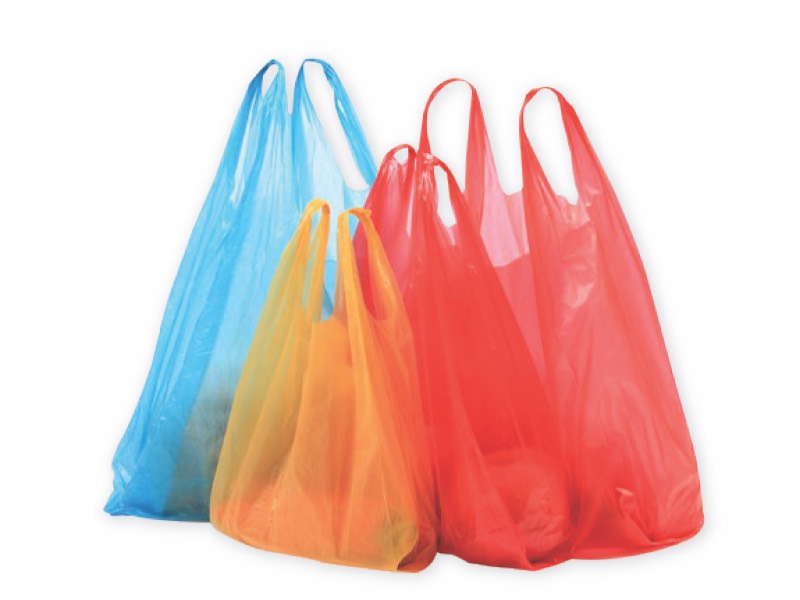
It’s critical to weigh the benefits and drawbacks of thinner plastic bags in order to make educated decisions. We can make more environmentally friendly decisions and help to create a more sustainable future if we have a thorough understanding of these components.
Advantages of Thinner Plastic Bags
Cost-Effective
Thinner plastic bags are typically less expensive to produce than thicker substitutes, making them an economical option for both consumers and businesses. As a result of the lower production costs, they are more affordable and practical for daily use.
Lightweight and Portable
Thinner plastic bags are portable and lightweight, which makes them useful for both shoppers and merchants. They are perfect for carrying a variety of items because they don’t add a lot of extra weight.
Versatility
Thinner plastic bags have a wide range of sizes and shapes, making them suitable for a variety of uses. They can be utilized to transport groceries, merchandise, personal items, and more. They are suitable for a variety of purposes and circumstances due to their adaptability in terms of sizes and shapes.
Space-Saving
Thinner plastic bags are more space-efficient when being stored or transported. Both in retail settings and at home, their compact design enables effective storage. They are therefore practical for both consumers with limited storage space and businesses that need to store large numbers of bags.
Drawbacks of Thinner Plastic Bags
Reduced Durability
When compared to thicker alternatives, thinner plastic bags are more likely to tear or break. The risk of bag failure and potential harm to the items being carried increases because they might not be able to withstand heavy or sharp objects.
Environmental Impact
Plastic pollution and environmental degradation are exacerbated by thinner plastic bags. Because they are made of lighter, thinner material, they are more likely to be discarded improperly, which results in litter and has a negative effect on ecosystems. Additionally, because of their shorter lifespan and higher production costs, they are thrown away more frequently.
Limited Reusability
Thinner plastic bags have a lower likelihood of being reused because they are typically less resilient. They can be used repeatedly for light-duty tasks like small-item storage or waste bin liners. However, because of their thin construction, they are less suitable for frequent, demanding use.
Recycling Challenges
Recycling can be difficult when using thinner plastic bags. They can tangle in recycling equipment or cause blockages. This is because of their lightweight and thin composition, which makes recycling efforts more challenging and ineffective.
When assessing their use and environmental impact, thinner plastic bags have both benefits and disadvantages that must be taken into account. Despite the fact that they are convenient and affordable, their detrimental effects on the environment call for careful consideration of alternative, more sustainable options.
Reference:
https://www.onegreenplanet.org/environment/alternatives-to-plastic-bags/
Overall, although plastic bags have become a necessary component of our daily lives, environmental concerns have been raised about their effects on the planet. As a result, numerous nations have put policies in place to control the use of plastic bags, including establishing minimal thickness requirements. The benefits of thicker plastic bags over thinner ones are discussed in this article, which also looks at the minimum thickness regulations in a number of nations, including Israel (minimum 20 microns), Australia (minimum 35 microns), and Spain (minimum 50 microns). We can comprehend why thicker plastic bags should take the place of their thinner counterparts by taking into account these regulations and the advantages of using them.
In conclusion, plastic bags that are thicker than their thinner counterparts offer a workable replacement. They provide a more sustainable option for transporting goods due to their improved durability, decreased environmental impact, compliance with minimum thickness policies, and long-term cost savings. We can help create a greener future and lessen the environmental impact of single-use plastics by embracing thicker plastic bags.
LEADING MANUFACTURER
We are a premier plastic bag manufacturer based in Vietnam. Our dedicated team excels in crafting customized packaging solutions to precisely meet the needs of all customers
QUALITY CONTROL
We have a strict quality control system. Our bags are inspected before production, during production, and prior to loading into containers. Our priority is to minimize every defective goods before shipping to our customers
AMAZING SERVICE
Our enthusiastic customer service team always strives to respond to your emails as promptly as possible. We take pride in our ability to consistently deliver high-quality products on time, every time.


